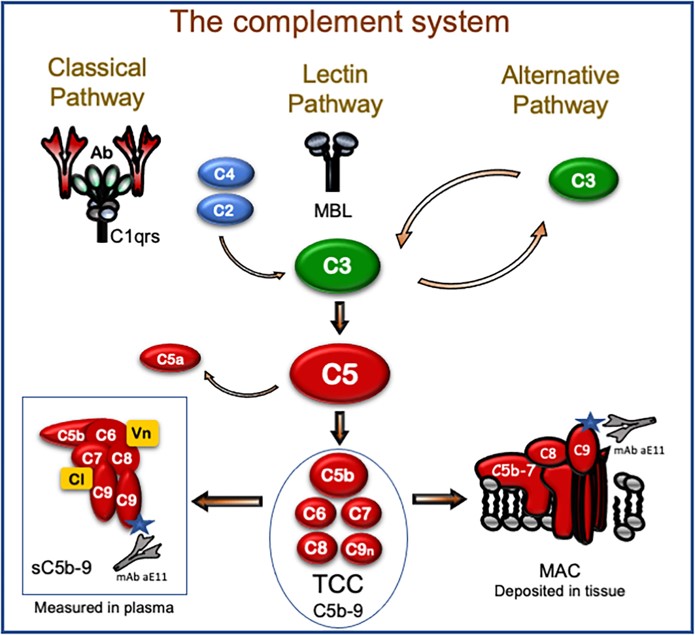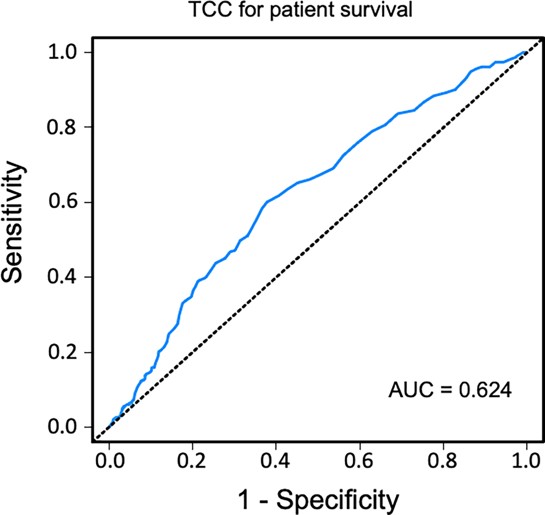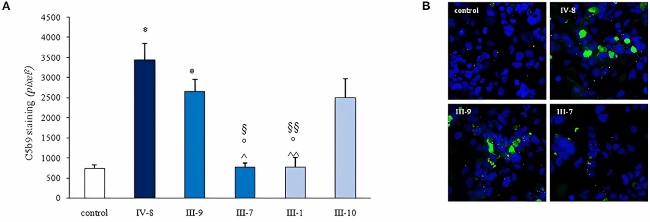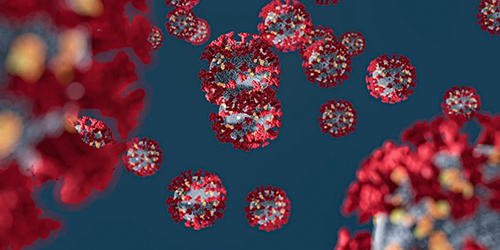Overview Workflows Case study Related Products Featured Services Protocols Q&A Resources
As a leading service provider in complement testing, Creative Biolabs offers expert analysis of C5b-9 complex levels. Our C5b-9 functional test services enable precise evaluation of complement activation, aiding research in autoimmune diseases, infections, and therapeutic development.
Overview of C5b-9 Complex Functional Test
Complement C5b-9 Complex
The C5b-9 complex, often referred to as the membrane attack complex (MAC), is a key component of the immune system's complement pathway. It forms when C5b binds to C6, C7, C8, and multiple C9 molecules on the surface of pathogens or damaged cells. This complex assembles on the cell membrane, forming a pore that disrupts the integrity of the membrane and ultimately causes cell rupture. The formation of C5b-9 is part of the terminal complement pathway, which contributes to the destruction of invading microorganisms and infected cells. The MAC's function is critical in immune defense, but its dysregulation can lead to tissue damage and autoimmune conditions. Its action is highly regulated to prevent host cell damage.
 Fig.1 The complement system with a focus on the terminal C5b-9 complement complex (TCC).1
Fig.1 The complement system with a focus on the terminal C5b-9 complement complex (TCC).1
Complement C5b-9 Complex Functional Test
Method
The primary objective of this test is to measure the presence and quantity of the C5b-9 complex in serum or plasma samples. It is often performed using the ELISA technique, ex vivo deposition test, or hemolytic assays to detect the presence of C5b-9 in serum or plasma samples. The test relies on the formation of C5b-9 after complement activation. A specific antibody detects the C5b-9 complex, and the signal is quantified using a colorimetric or fluorescence readout to quantify C5b-9 levels, reflecting complement system activity.
Analysis
The results of the C5b-9 functional test provide insights into complement system activity. Elevated C5b-9 levels indicate excessive complement activation, which may be associated with conditions like autoimmune diseases, infections, or inflammation. Low levels can signal complement deficiencies or impaired immune response. Thus, the test is crucial for diagnosing and monitoring complement-related disorders, guiding treatment decisions, and providing insights into disease pathogenesis.
Workflow of C5b-9 Complex Functional Test
C5b-9 ELISA

Ex vivo C5b-9 deposition test

Case Study
Fig.2 Analysis of plasma TCC detected in ELISA as a clinical biomarker for overall patient survival.
1
Fig.3 Serum-induced C5b-9 deposition measured by a specific
ex vivo C5b-9 deposition test.
2
Related Products
Featured Services

|

|
|
Total Complement Activity Test
|
C1q-Binding Assays
|
|
Creative Biolabs offers total complement activity test services for our clients. Total complement activity tests include CH50, AH50, and LP50.
|
Creative Biolabs offers high-quality C1q-binding assays for the characterization of therapeutic mAbs.
|
|
Learn more
|
Learn more
|
Protocols
Questions & Answer
A: Both tests assess complement activation, but the C5b-9 deposition test evaluates the functional deposition of C5b-9 on cellular membranes, while ELISA measures soluble C5b-9 in serum. The deposition test provides insights into cellular-level complement activation, whereas ELISA quantifies systemic activation.
A: Proper sample handling is crucial for accurate C5b-9 measurement. Serum is the preferred sample type. Samples should be collected using standard venipuncture techniques, left to clot at room temperature, and then centrifuged to obtain the serum. To minimize in vitro complement activation, serum should be aliquoted and stored at -80°C as soon as possible. Repeated freeze-thaw cycles should be avoided.
A: C5b-9 testing is most informative when interpreted in conjunction with other complement component measurements (e.g., C3, C4) and functional assays (e.g., CH50, AP50). This comprehensive approach allows for a more detailed assessment of the complement system's overall status and helps pinpoint specific pathway defects or activation patterns. For instance, low C3 and elevated C5b-9 might suggest activation of the classical or alternative pathway leading to MAC formation, while normal C3 and elevated C5b-9 could indicate activation of the terminal pathway.
A: The C5b-9 complex functional test is highly sensitive, with a sensitive ELISA test capable of detecting as low as 3 ng/mL of C5b-9(m) and 20 ng/mL of soluble SC5b-9. This sensitivity allows for precise measurement of complement activation in various clinical and research applications.
Resources
Creative Biolabs offers comprehensive complement C5b-9 complex functional test services for research, providing accurate and reliable results. Our expertise ensures high-quality data, fast turnaround times, and customized solutions. Customers receive detailed reports and expert consultation. Contact us today to advance your complement research.
References
-
Witczak, Bartlomiej J., et al. "Elevated terminal C5b-9 complement complex 10 weeks post kidney transplantation was associated with reduced long-term patient and kidney graft survival." Frontiers in Immunology 12 (2021): 738927. Distributed under Open Access license CC BY 4.0, without modification.
-
Piras, Rossella, et al. "Molecular studies and an ex vivo complement assay on endothelium highlight the genetic complexity of atypical hemolytic uremic syndrome: the case of a pedigree with a null CD46 variant." Frontiers in Medicine 7 (2020): 579418. Distributed under Open Access license CC BY 4.0. The image was modified by extracting and using only part of the original image.
For Research Use Only.
Related Sections:

 Fig.1 The complement system with a focus on the terminal C5b-9 complement complex (TCC).1
Fig.1 The complement system with a focus on the terminal C5b-9 complement complex (TCC).1








